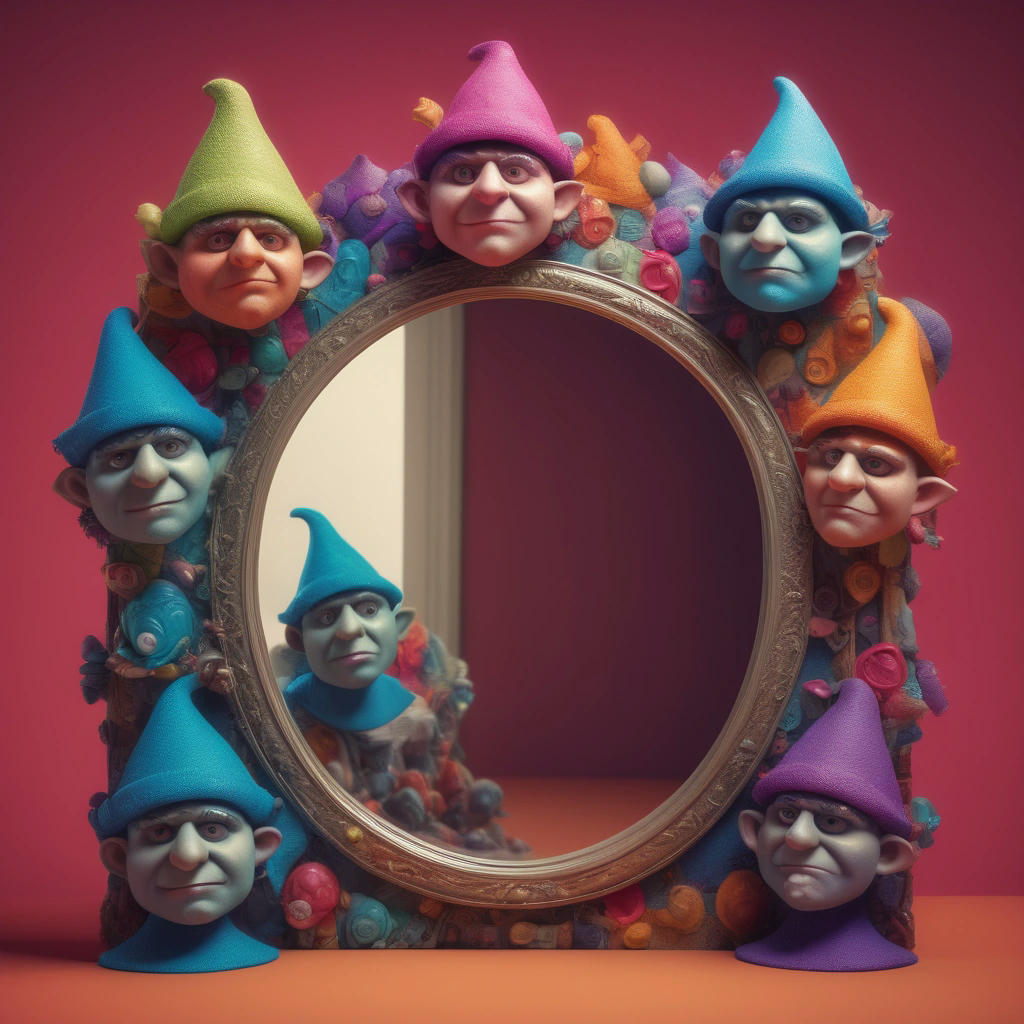In the vast expanse of the internet, there exists a special breed of individuals who have mastered the art of trolling. These digital pranksters delight in pushing buttons, sparking outrage, and inducing face-palms from unsuspecting victims. But, unlike their malicious counterparts, funny trolls do it all in the name of humor and entertainment. In this article, we'll delve into the world of lighthearted internet trolling, exploring the techniques, strategies, and ethics of this peculiar art form.
The Anatomy of a Troll
Before we dive into the nitty-gritty of trolling, it's essential to understand the mindset of a funny troll. These individuals are not motivated by malice or a desire to cause harm. Instead, they're driven by a passion for humor, creativity, and a touch of mischief. A good troll is like a master chef, carefully crafting a recipe of absurdity, irony, and wit to serve up a dish of laughter and entertainment.
The Art of Baiting
One of the most critical skills in a troll's arsenal is the ability to craft a compelling bait. This can take many forms, from a cleverly worded tweet to a provocative image or a well-timed comment. The goal is to create a hook that's too enticing to resist, drawing in the unsuspecting victim like a moth to a flame. A good bait should be subtle, yet attention-grabbing, and always leave room for misinterpretation.
The Power of Misdirection
Misdirection is a troll's best friend. By cleverly redirecting the conversation or shifting the focus, a skilled troll can turn a potentially hostile situation into a comedic goldmine. This might involve introducing a tangential topic, feigning outrage, or even pretending to be offended. The key is to keep the audience guessing, never quite sure what's real and what's just a clever ruse.
The Importance of Timing
Timing is everything in the world of trolling. A well-timed joke or comment can be the difference between a chuckle and a groan. A good troll knows when to strike, often waiting for the perfect moment to unleash a witty remark or a clever quip. This might involve capitalizing on a current event, exploiting a popular meme, or simply riding the wave of a trending topic.
The Ethics of Trolling
While funny trolling is all about humor and entertainment, it's essential to remember that there's a fine line between playful teasing and outright harassment. A good troll always respects their audience, never crossing the line into bullying or cruelty. It's crucial to know when to pull back, avoiding any behavior that might cause genuine harm or offense.
The Art of Self-Awareness
A skilled troll is always aware of their own limitations and biases. They recognize that humor is subjective and that what one person finds funny, another might find offensive. This self-awareness allows them to adapt their approach, tailoring their humor to the specific audience and avoiding any potential pitfalls.
Conclusion
Funny trolling is an art form that requires creativity, wit, and a deep understanding of human psychology. When done correctly, it can bring people together, fostering a sense of community and shared humor. However, it's essential to remember that there's a fine line between playful teasing and outright harassment. By respecting their audience, being aware of their own limitations, and always keeping their humor in check, a good troll can create a digital landscape that's both entertaining and inclusive.
So, the next time you encounter a troll online, take a step back and appreciate the artistry involved. Who knows, you might just find yourself laughing along with the mischief.


